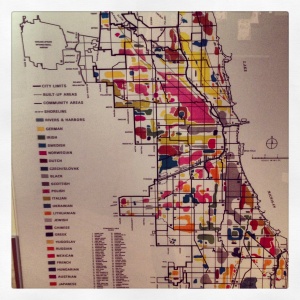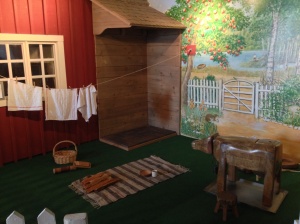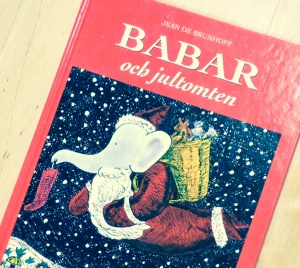It was a very quiet week at the museum so I thought it would be a good opportunity to give a tour of our gallery as I promised on my last post. Our gallery includes a wide variety of photos, posters, costumes, instruments and many other things that depicts the life of a Swedish immigrant in America.
Allow me to introduce you to the Karl Karlson family. They are arriving to New York for the first time in 1894. The first thing they will see from their long voyage is the Statue of Liberty. They will be processed in the new federal immigration facility, Ellis Island which is only two years old. New York is not their last stop. In a few days they will arrive by train to Chicago!
Allow my to introduce you to Charles R Walgreen, the founder of Walgreen’s drugstore. Walgreen was the son of a Swedish immigrant, Charles R Walgreen Sr. Shown below Mr Walgreen is a picture of the first Walgreen’s at 4134 Cottage Grove Avenue in Chicago. By 1913, there were four stores on the South side of Chicago. Today, Walgreen’s is a billion-dollar company.
Here is a map of the immigration patterns of Chicago in 1950. The multiple colors and patterns represent different countries. The yellow represents the German community, the pink represents the Norwegians, and the teal represents the Swedish population. There were many other countries mentioned such as Mexico, Japan, China,Russia and Greece.
I bet you also didn’t know that there is a children’s immigration museum upstairs…
In this part of the museum the kids can pretend that they live in agricultural 1870s Sweden. They can pretend to milk the cow or hang clothes on the line.
Another fun part of the kid’s museum ( and my personal favorite) is that the kids can look at books translated into Swedish. There are English translations also provided.











